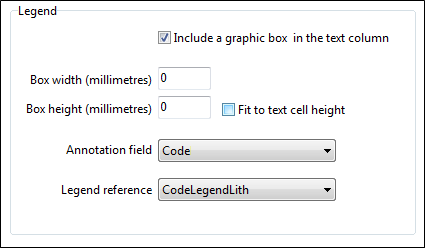Property Editor: Event Graphic Column
The Event column template is identical to a Text column template. The added functionality required by the Event column (i.e. an image to identify the event) has been built into the text column.
To change the properties of an Event Column, click on the event column template (either in the templates list or in the report) and select the File | Properties menu option to display the Event Column Property Editor. Alternatively right-click and select Properties from the right-click menu.
General
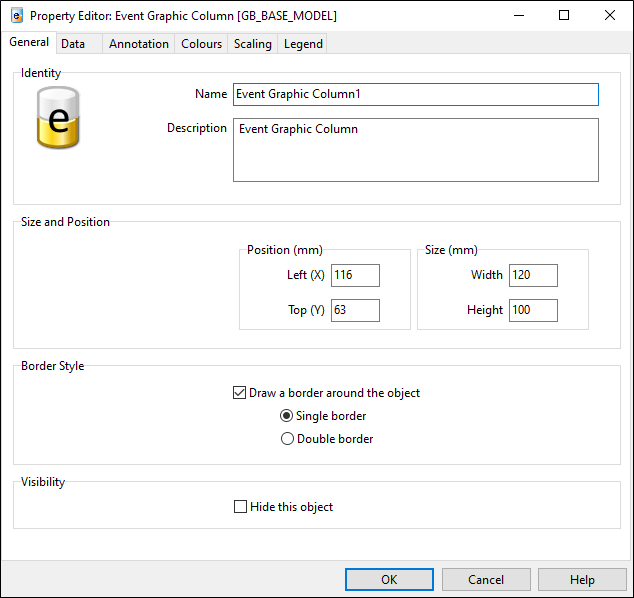
On the General tab, identify the template object and specify size, position, border and visibility options.
Identity
The Name attribute is used to identify the template in the Templates list. Template names must be unique. Choose a short but descriptive name which includes the template type and data category.
To avoid potential problems, avoid using spaces or special characters in template names.
Optionally enter a Description that describes what data is associated with the template object.
Size and Position
The template position is specified relative to the top left corner of the drawing area. The left co-ordinate (X) gives the offset from the left edge of the drawing area to the left edge of the template. The top co-ordinate (Y) gives the offset in millimetres from the top of the drawing area to the top of the template. These measurements do not include the page margins. Furthermore, scale bars have annotation margins which are also not included in the measurements. The co-ordinates of a scale bar refer to the top left corner of the bar itself.
Use the Width and Height properties of the object to adjust the size of the template object in the report. Keep the aspect ratio the same in order to prevent distortion of the image.
Border Style
Specify whether or not a rectangular border should be drawn around the template object. If you choose to draw a border, choose a single or double line style.
Visibility
Select the Hide this object option to hide the template object. The template will still be available for selection in the Templates list, but will not be visible in the report.
Data
In the Data tab, click the Add button  on the toolbar to specify the source datasets that will be used
to retrieve field values.
on the toolbar to specify the source datasets that will be used
to retrieve field values.
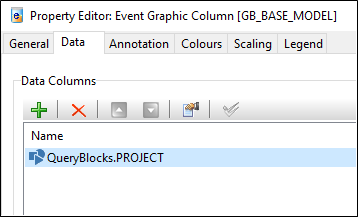
Primary Data Source
A ' data-aware' template type, derives its data from one or more datasets. Select a source dataset and a source column (field) from the drop-down list.
Lookup Data Source and Formatting
The Graphic Reporter supports "on-the-fly" decoding, eliminating the need for decoded extract tables. During the decoding process, the coded value of the source field is translated to its associated description by performing a code lookup against a nominated code table. All the parameters needed for this process must be defined at design time, including:
- the Datasource name (which must be included as one of the datasets in the report);
- the Code column (field in the lookup table) that is used as the lookup key;
- the Description column (field in the lookup table) that contains the full description for the code.
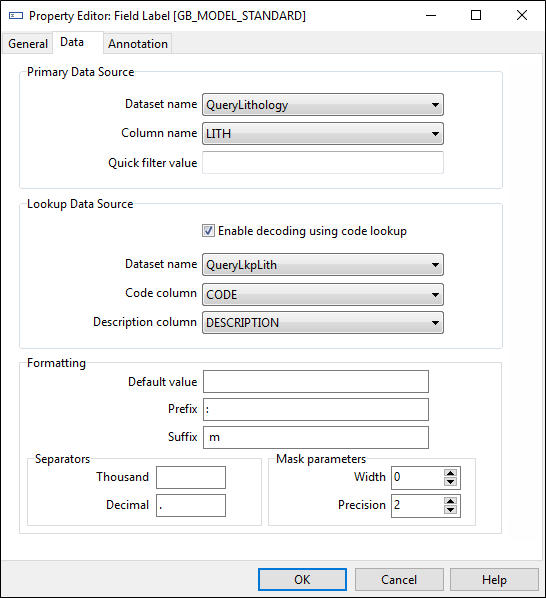
Formatting
Optionally, specify a default value for the column you have selected. The default value is displayed on the report when the primary data source returns the data.
The formatting and decoding parameters displayed above are applicable to the chosen Column (LITH1).
The code in this field will be translated to its full description using the QueryLkpLith dataset, using CODE as the matching key field and returning the content of field DESCR as the text to display.
Formatting is done implicitly using separate Width, Precision, Prefix and Suffix fields (which can be blank). The Format string is compiled according to the following rule: Prefix + %[Width].[Precision][Type] + Suffix.
Options for Thousand and Decimal separators are also available.
Start new line after this value
Select this option if you want default values to be used to wrap the text in the text column.
Typically, a text column template is used when you need to decode and wrap multiple source field values. If you are annotating values from a single source field that does not need to be wrapped, use a Bar Graph template instead.
Annotation
In the Annotation tab, select the text position of the annotation relative to the column (or text table cell).
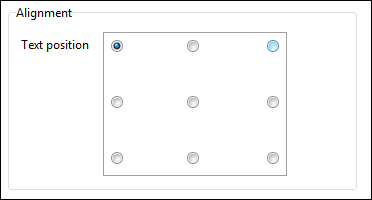
Select the Font Style, Font Size, and Text Colour to be used for the scale bar annotation.
You can also set the Line spacing of the text, the Minimum cell height, and the Text margin.
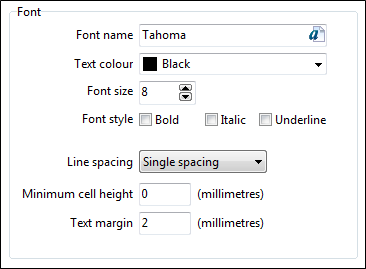
Colours
In the Colours tab, set the pen and brush colour and style options. A preview icon is displayed to the left of the colour, width, and style input boxes.
Pen Settings
The Line colour is the Colour used to draw the border and other lines making up the template. The Line style is the (solid, dot, dash etc.) line style and width used to draw the border and other lines making up the template.
Only solid lines are supported for line widths greater than 1.
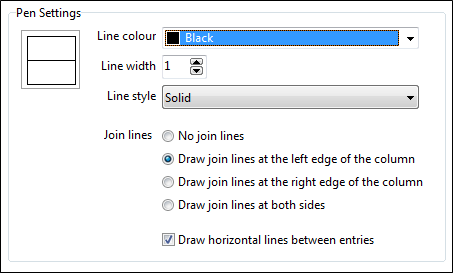
You can choose to add Join lines at the left, right, or both, edges of the column, and draw a horizontal line between the entries.
Brush Settings
Set the brush (fill) Colour and style options. The brush colour is the colour used to render the background of the template. The fill style is the hatch or stipple used for the background.

Scaling
A scaled template is usually associated with at least one scale bar.
Note: Text columns and Event graphic columns can be scaled vertically but not horizontally.
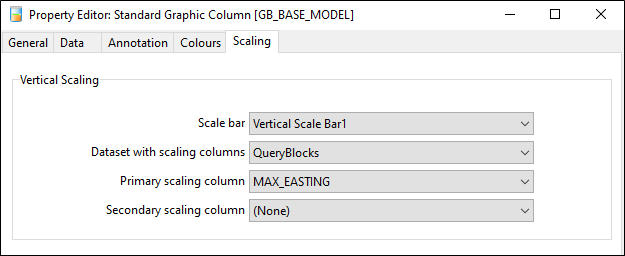
Dataset with Vertical Scaling columns
The field values used for scaling are retrieved from the scaling dataset. The dataset is usually the same as the primary dataset. If not, then the scaling dataset should have a one-to-one relationship with the primary dataset.
Primary and Secondary Scaling columns
When the system draws a template, it uses the values of the nominated scaling fields (retrieved from the scaling dataset) to determine the offsets along the associated vertical scale bar.
Legend
An option to draw a legend and a graphic box in the text column is provided on the Legend tab.
